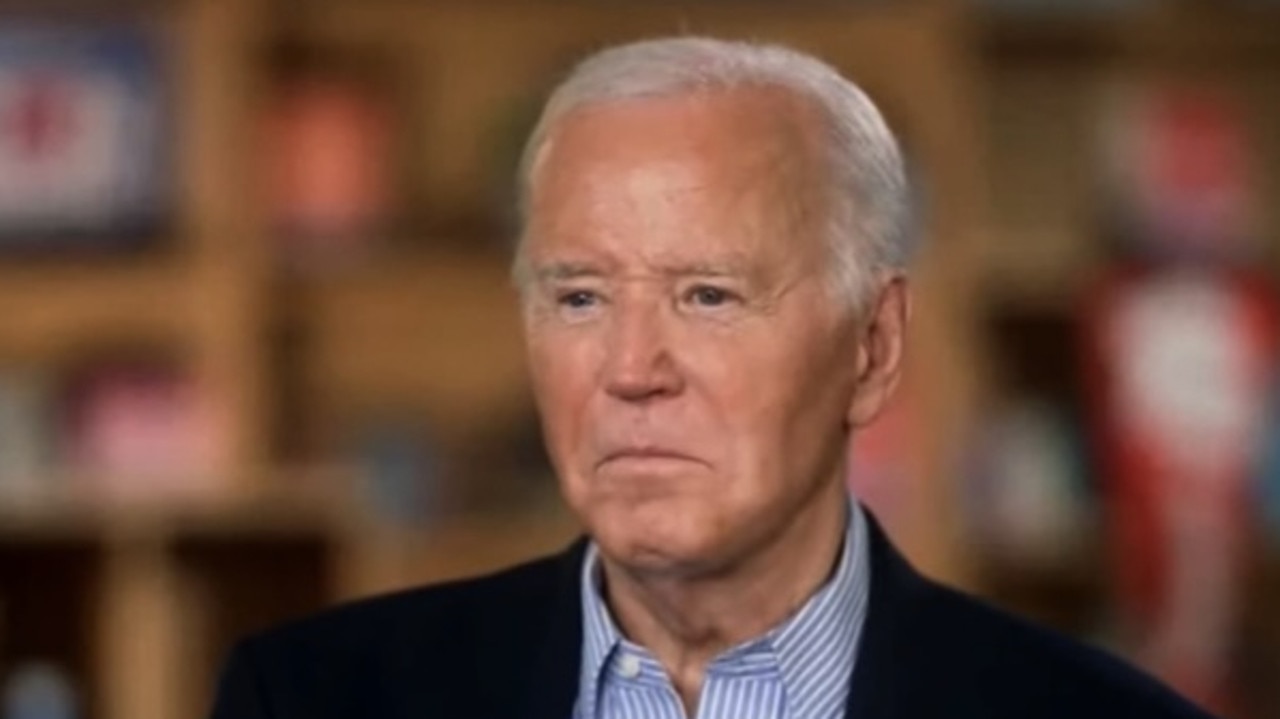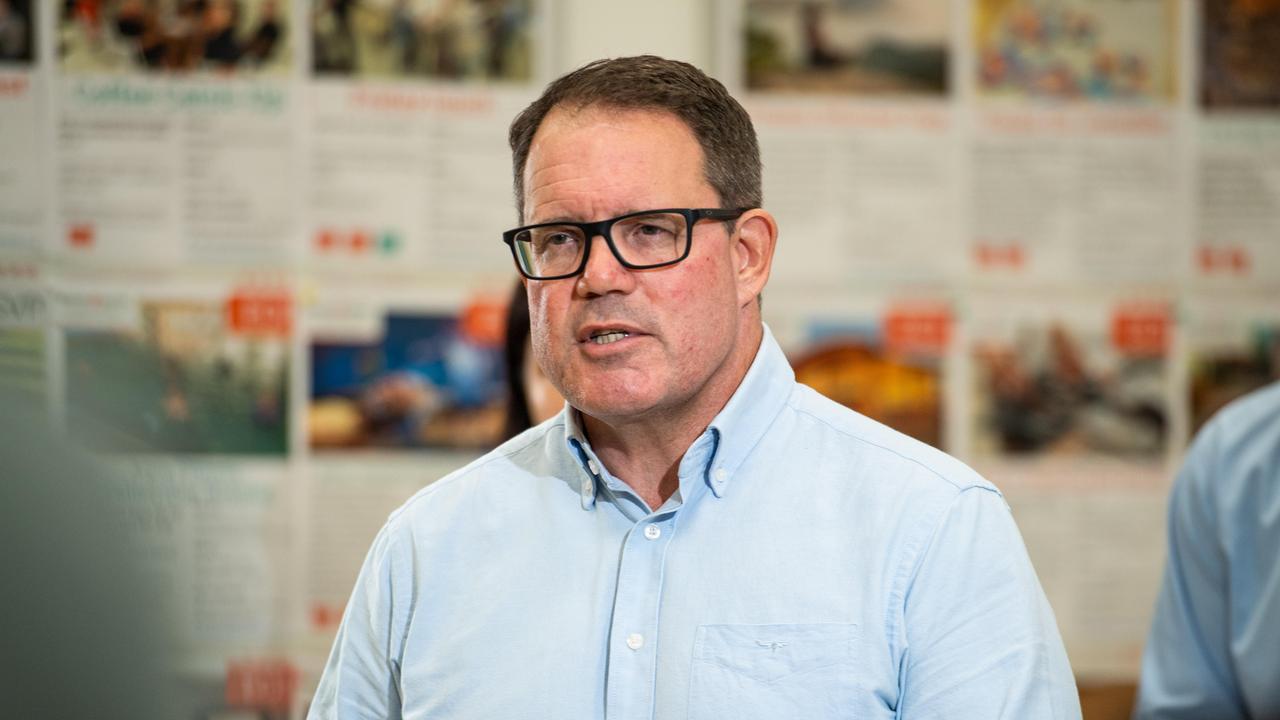Australia’s big squeeze is only going to get worse without smarter plans | David Penberthy
It’s not hard to understand why so many of us get misty-eyed thinking about Australia’s golden era at the turn of the century, writes David Penberthy.
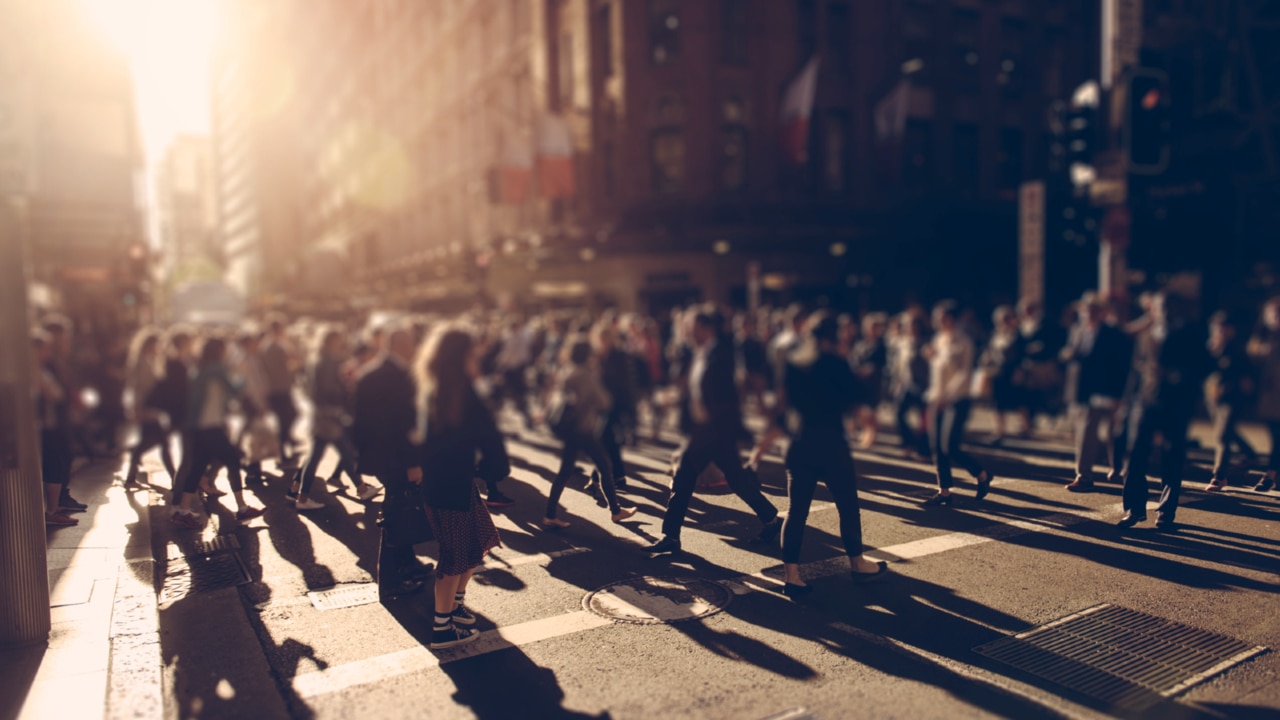
Opinion
Don't miss out on the headlines from Opinion. Followed categories will be added to My News.
Australia has changed a lot since the turn of the century.
Sydney residents get misty-eyed recalling the 2000 Olympics.
I was living in Sydney then, the first of my 12 years in the Harbour City, and during the Games it felt like Sydney was the greatest place to be on earth.
Every aspect of the Games was a success – the competition itself, the joy brought by the army of volunteers, the blessing of great weather.
Even the unreliable train system turned on a show for everyone, running like clockwork until the moment the Games ended, with CityRail marking the occasion with a major derailment.
The thing about Sydney 20-odd years ago was it still felt like it was the right size and had roughly the right number of people in it.
It was then the most populated city in Australia – a title it has now lost to Melbourne – but it still felt manageable, liveable and, while more expensive than other parts of Australia, relatively affordable.
Living as I now do in a smaller city, Adelaide, my thoughts now upon returning to Sydney are always twofold – gee this is a brilliant place, and thank God I don’t live here anymore.
Wild horses would not drag me to live in Sydney, or Melbourne, due to the hassle and expense that comes with crowding.
I know that neither of these places are Sao Paolo, Bangkok or Delhi.
There is still plenty of green space, and the traffic is nowhere near as bad as it is in the aforementioned metropolises.
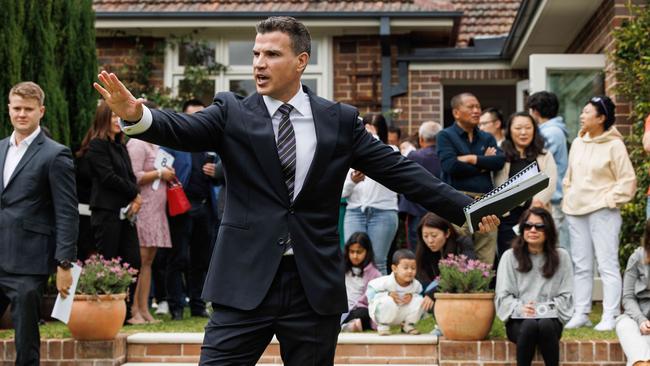
But for most people in Australia, Sydney or Melbourne is not for us.
When you have grown up and returned to a smaller and more manageable place, where you can still drive into the CBD within 15 minutes and park for less than $10 if you suddenly get a pang for a bowl of noodles in Chinatown, the idea of immersing yourself in either of Australia’s biggest cities seems absurd.
Paul Keating used to say, with typical Harbour Town swagger, that if you’re not living in Sydney you’re camping out.
The rest of us are pretty happy campers.
And here’s the dichotomy of political life in Australia – it is dominated by politicians from Sydney and Melbourne, when the majority of us choose to live anywhere but there.
The increasingly heated debate about Australia’s burgeoning population is being played out against this backdrop.
The debate is unfolding as many people in Sydney and Melbourne question what their city has become since the turn of the century, and look back wistfully on the 1990s as a golden era when life was cruisier and less expensive.
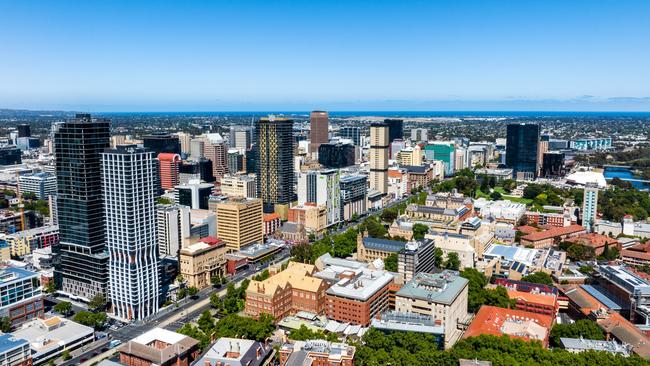
Conversely, Australians like me in smaller cities and in the regions look at Sydney and Melbourne and want to make sure that our hometowns don’t get sucked up by the same lifestyle-altering sprawl.
The debate is being had by people in big cities who already feel squeezed enough, and people in small cities who don’t want to be squeezed at all.
There are, of course, huge economic and employment imperatives to growing our population. Put simply, with the rate at which Australia is ageing, we simply won’t have enough people to provide aged care services and to fill all the jobs currently held by younger people unless we continue to grow in size.
The question though is, what size should we get to, and how fast should we be getting there?
I don’t think there are many people in Australia who think that taking a whopping 548,000 in just one year was a particularly bright idea.
But the figures released this week show that that was Australia’s intake as of September last year, and that it was well above the intake forecast by Treasury.
Many people are questioning how it is that so many extra people can simply turn up and make a home in Australia, beyond whatever forecasts have been set.
It seems a willy-nilly process, and in the absence of a hard population target, we appear destined for more such numerical surprises as the welcome mat stays out.
The biggest problem with all this extra humanity is housing, and the absence of coherent national housing policies.
This problem is made worse by the inordinate influence of the least competent tier of government, local government, which often puts a handbrake on sensible development which would increase housing stock if not for the brayings of the Nimby brigade.
This week’s report ranking the nations of the world by their levels of happiness was telling for two reasons in the context of population and housing.
The most striking feature of the top 10 happiest nations?
They all have small populations.
They were predominantly Nordic nations, with only two countries in the top 10 (Australia and the Netherlands) having populations of more than 15 million. Canada was the only nation in the top 20 with a population of more than 30 million.
The other notable finding in the report was that while happiness levels might be high in Australia, younger Australians are less happy than older Australians.
Several factors are fuelling their unhappiness, some of them very generation-specific, such as anxiety and social media, but one of them is economic and a product of the very issues outlined above.
It is the price and availability of housing, best evidenced by the fact that the suburb I used to live in in Sydney, the inner west suburb of Leichhardt, now has an average house price of $1.8 million.
In 1999, I paid $425k for a two-bedroom house there – and regrettably no longer own it. That’s more than a quadrupling of cost in the space of a generation.
It is without precedent in Australia, and with a lack of coordinated policies over population and housing, will only get worse.
More Coverage
Originally published as Australia’s big squeeze is only going to get worse without smarter plans | David Penberthy




